The U.S. WWII field manual FM 17-12: Tank Gunnery illustrated representative trajectories of the 37-mm, 75-mm, and 76-mm guns. Low velocity guns with more highly curved trajectories require very accurate range estimation. As shown in the figures below, even small errors in range estimation reduce the effectiveness of the opening shot and increase the number of rounds required to achieve a hit.
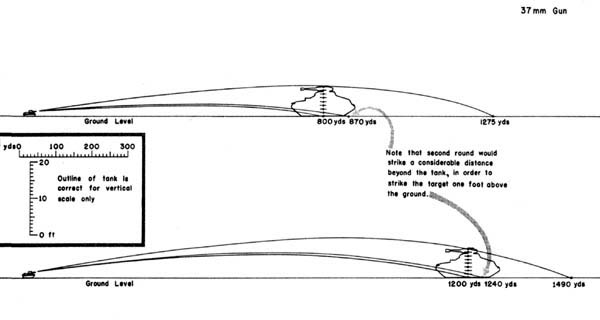
Original Caption: Trajectory 37-mm, M6, firing APC, M51B1. This is illustrative only. The 37-mm should not be fired at tanks at ranges shown.
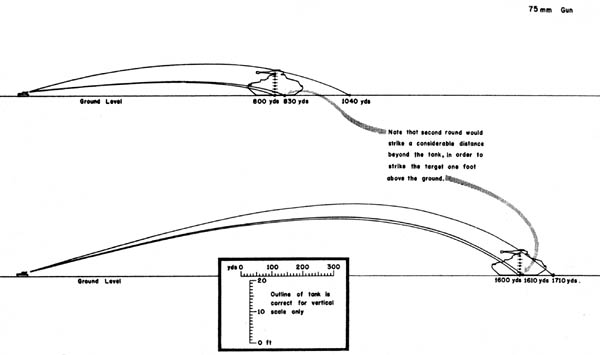
Original Caption: Trajectory 75-mm gun, M3, firing shot, APC, M61.
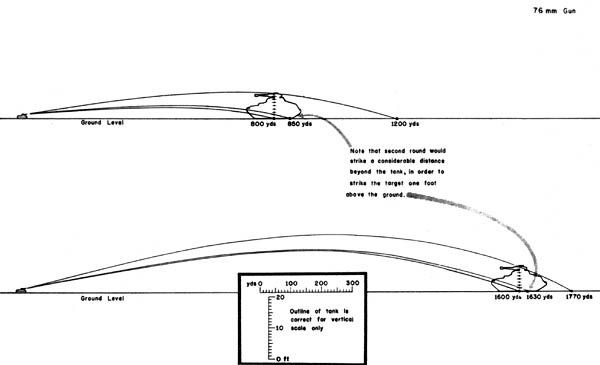
Original Caption: Trajectory 76-mm gun, M1, firing shot, APC, M62.

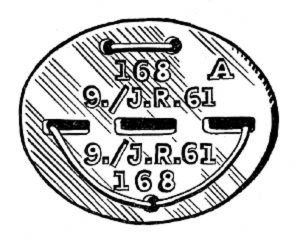
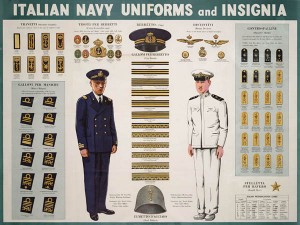
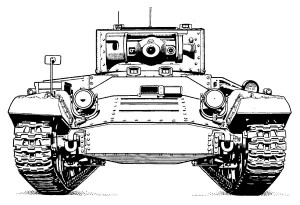
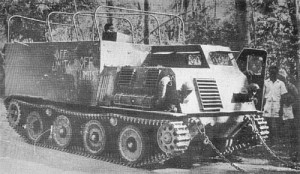
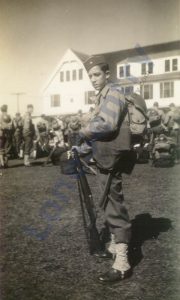
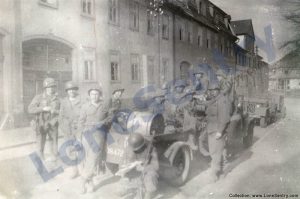
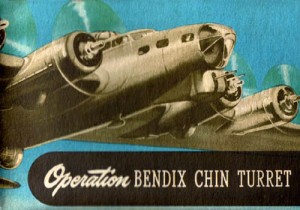
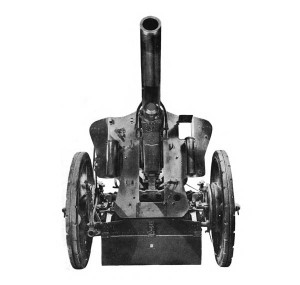

This is why high muzzle velocity is so critical for tank guns. U.S. guns were too short and too low velocity.
Good post – it helped me out.
If only we had these trajectories for Angry Birds!!!